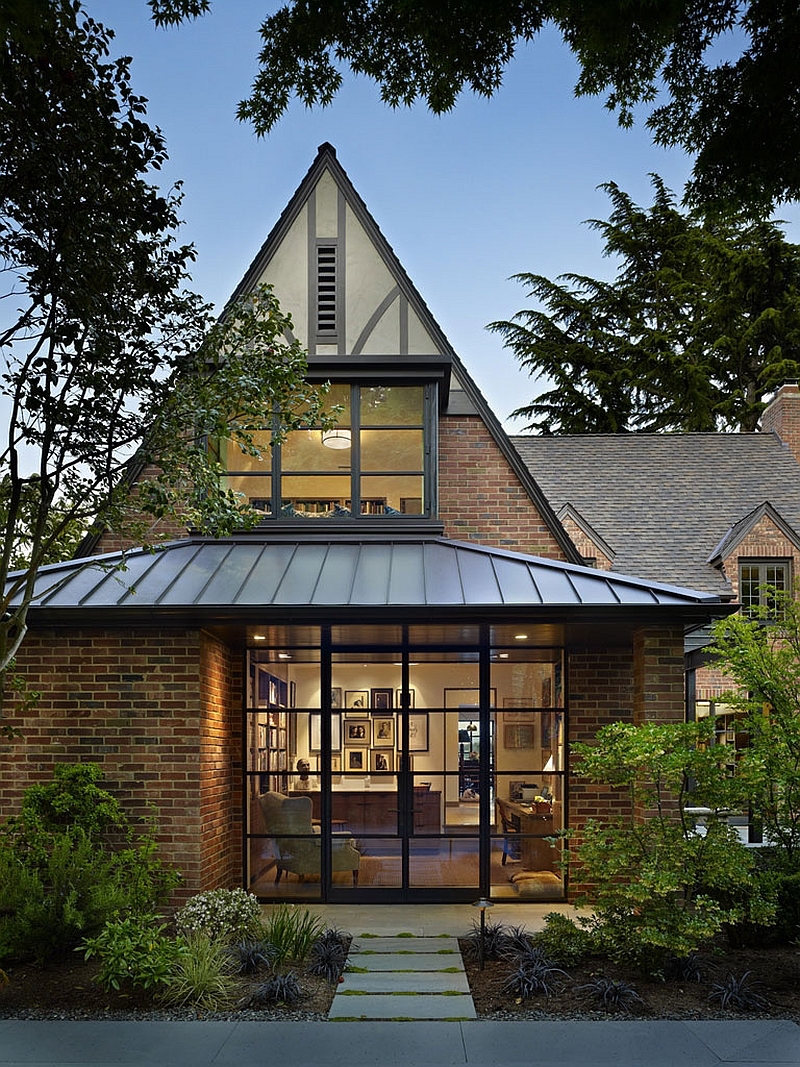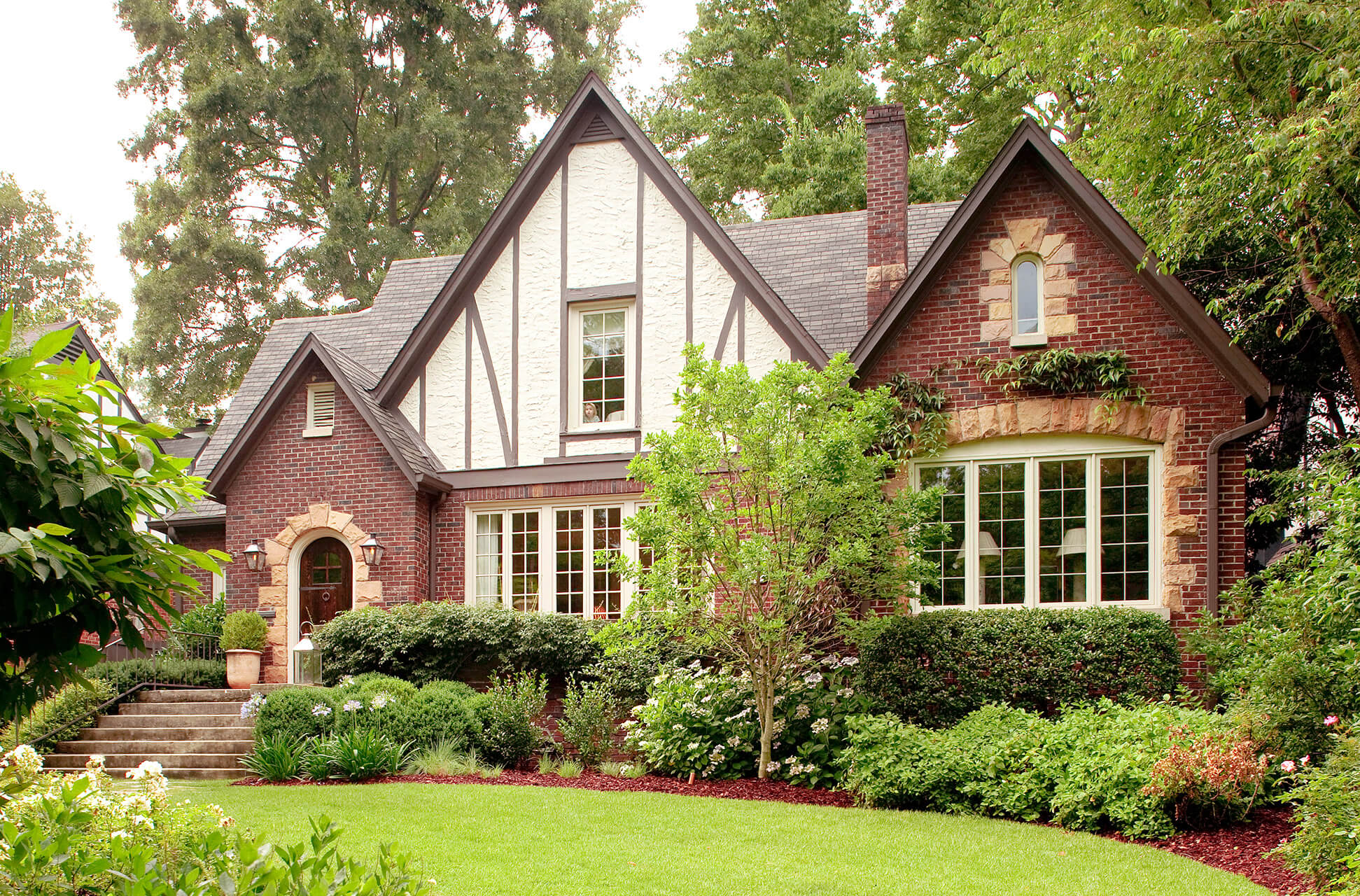

Roof maintenance is often an issue in Tudor houses thanks to multiple intersecting roof lines, which are prone to leaking.
TUDOR STYLE HOUSE WINDOWS
Old windows are rarely standard sized, and custom-made windows are expensive.
TUDOR STYLE HOUSE UPDATE
Replacing old casement windows with new high-efficiency versions will help, but this update could get costly. A Tudor house’s many windows reduce its overall energy efficiency.

Some Tudor houses in greater need of TLC can be bought at more affordable prices, but renovating and maintaining this unique style of home will be cost-prohibitive for many. Renaissance embellishments included arched openings, board and batten doors, luxurious black metal door hardware and tabs of cut stone set into the brick wall, giving a quoin-like effect.Today, Tudor-style houses are once again a popular architectural choice, and many restored Tudors sell for over $1 million, depending on location. Protection came from a thick masonry wall that allowed the door to be recessed, a projecting bay window or a small roof over the door. EntranceĪ Tudor home’s entrance was part of an asymmetrical assemblage of architectural elements, some decorative and some meant to provide protection. Windows were usually placed symmetrically in the main gable. Windows were often divided into six or eight panes and were sometimes made up of rectangles and other times arranged in a diamond pattern.

Tudor style houses usually had casement windows grouped in rows of three or more framed in either wood or metal. A few variants had gables with parapets, which is very English. View our eclectic and distinguishing collection of Tudor house plans with Old World charm and grace for todays modern families. Gable ends were often decorated with verge boards whose decoration ranged from simple to highly carved. The main gable frequently had a secondary side or cross gable. RoofĪ distinguishing feature of Tudor architecture and design was the steep gabled roof, often punctuated with small dormers and clad with slate. The most prevalent building material for American Tudor homes was brick, frequently laid out in an elaborate pattern on the first story with a second story of stucco or wood and false half-timbering in a decorative pattern. Other Tudor style houses used stone for the walls often with a decorative stone trim. A few Tudor houses of this style had weatherboard or shingled walls with stucco and half-timbered gables. The first is stucco walls with or without decorative wood half-timbering. There are several easily identifiable features of American Tudor architecture.


 0 kommentar(er)
0 kommentar(er)
